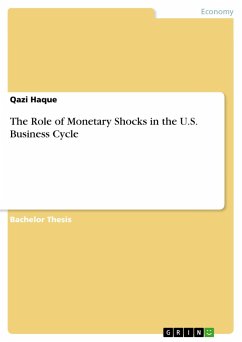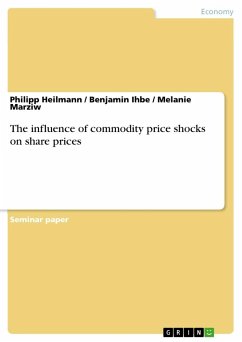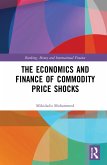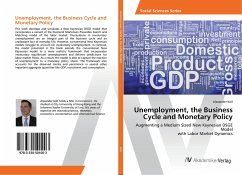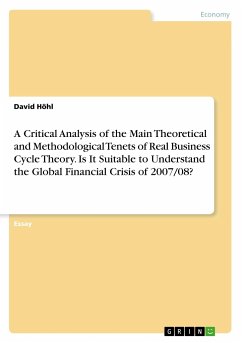Bachelor Thesis from the year 2013 in the subject Economics - Finance, grade: First Class Honours, The University of Adelaide, language: English, abstract: The purpose of this study is to illustrate how the basic Real Business Cycle (RBC) model can be modified to incorporate money in an attempt to construct monetary business cycle models of the U.S. economy. This is done for one case where money enters the model as direct lump-sum transfers to households and for the other case where money injections enter the economy through the financial system. Interestingly, the two channels generate very different responses to a money growth shock. In the first case, a positive money growth shock increases nominal interest rates and depresses economic activity, which is called the anticipated inflation effect. However, the popular consensus among economists is that nominal interest rates fall after a positive monetary shock. This motivates the construction of our second model where it is conjectured that the banking sector plays an important role in the monetary transmission mechanism and money is injected into the model through financial intermediaries. It is observed in this model that a positive monetary shock reduces interest rates and stimulates economic activity, which is called the liquidity effect. Furthermore, the statistics generated by the models show that monetary shocks have no effect on real variables when money enters as direct lump-sum transfers to households. On the contrary, such shocks have significant real impact when money enters through the financial system. Taken together, this implies that how money enters into the model significantly matters for the impact of monetary shocks and such shocks entering through financial intermediaries may be important in determining the cyclical fluctuations of the U.S. economy.

